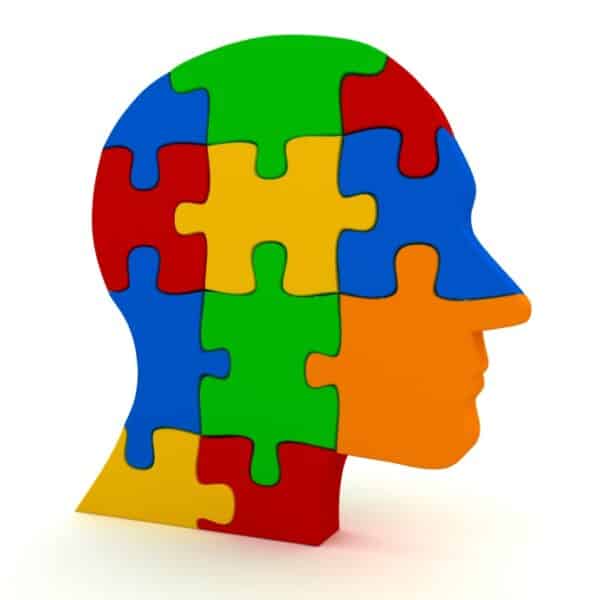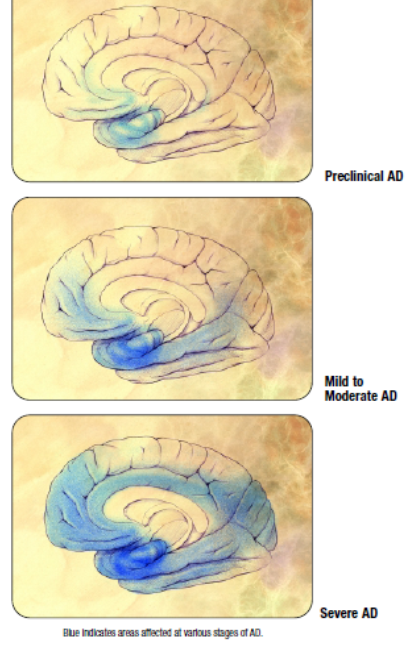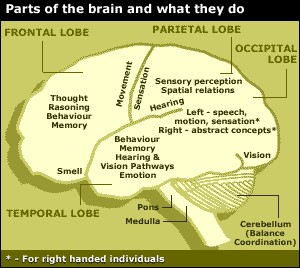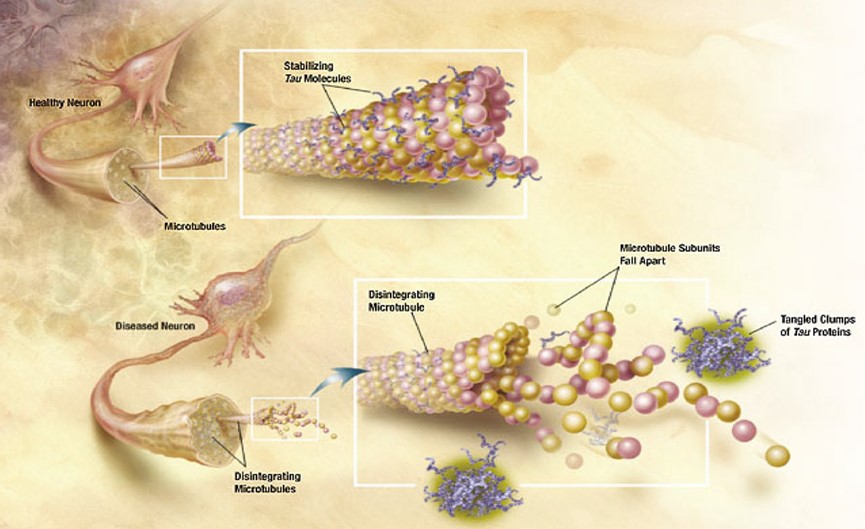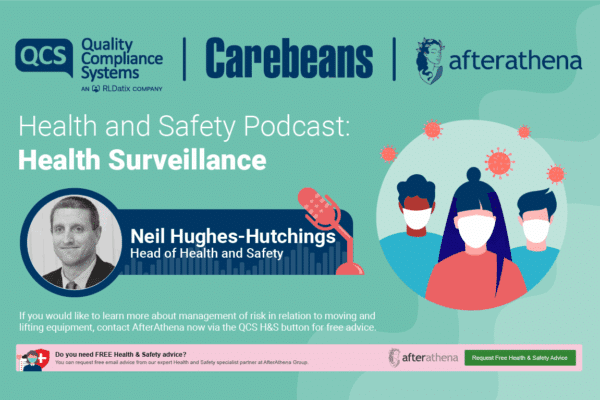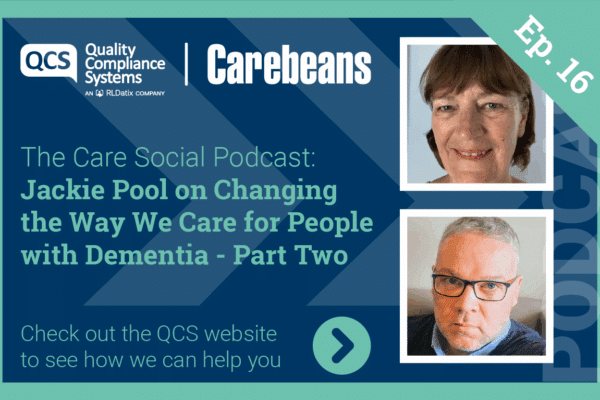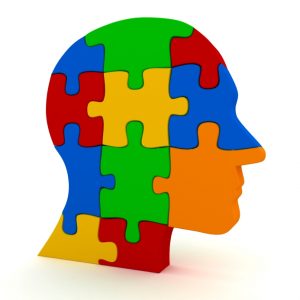
But, it is clear that dementia, especially progressive and so-called global processes such as Alzheimer’s type dementia (DAT), result in major damage to the brain and its function. Many people however, including many working as paid carers, seem to think that the damage, and therefore the defining factor of DAT, is memory loss, and that this memory loss is the only symptom of dementia – it is not. Memory, or aspects of memory are, however, some of the earliest systems that are affected in DAT, so I will take this week to provide a quick primer on just what memory is.
What is memory?
Memory, or what we know of it, is so much more complex than the commonly assumed short- and long-term processes and involves so much more than the simple learning, storing and retrieving of facts. So, let us have a brief look at the fascinating and complex process known as memory.
The first major breakthrough in understanding how the brain accomplishes learning and memory began with the studies of people who had suffered brain injury. One case is generally cited in all major texts on neuroanatomy – that of a person known by his initials, H.M. (His actual name was Henry Molaison.)
As a child, H.M developed a severe and intractable epilepsy, and an experimental surgical treatment involving removal of the medial regions of his temporal lobes greatly alleviated the seizures. However, H.M. also lost his memory on that operating table, in August 1953. He was 27 years old.
A Hartford neurosurgeon, suctioned out the seahorse-shaped structure called the hippocampus that lay within each temporal lobe. The operation was largely successful in that it significantly reduced Henry’s seizures, but it left him with dense memory loss. Up until then it had not been known that the hippocampus was essential for making memories, and that if we lose both of them we will suffer global amnesia. Once this was realised the operation to remove both hippocampi was never undertaken again.
The surgery left H.M. with severe amnesia. He could remember recent events for only a few minutes and was unable to form explicit memories of new experiences. Despite his inability to remember new information, H.M. could remember his childhood very well. From these observations, researchers concluded that the parts of H.M.’s medial temporal lobe that were removed, including the hippocampus and parahippocampal region, play critical roles in converting memories of experiences from short-term memories to long-term, permanent memories.
You will know that this region is where the first tell-tale damage of DAT begins, but the fact that H.M. and people with similar damage retain some memories of events that occurred long before injury indicates that the medial temporal region is not the only site where memory processes are active. Indeed is not even a place of permanent memory storage, instead, and very importantly for your understanding of those you care for, this region plays a role in the organisation and permanent storage of memories elsewhere in the brain.
The medial temporal region is richly connected to widespread areas of the cerebral cortex, including the regions responsible for thinking and language. Whereas the medial temporal region is important for forming, organising, consolidating, and retrieving memory, cortical areas are important for the long-term storage of knowledge about facts and events and for how this knowledge is used in everyday situations.
In the diagram below, which is taken from the National Institute for Alzheimer’s Research, the trajectory of the spread of the disease is shown. As you see the blue colouring spread outwards from this medial area you can actually follow the pathway described above and begin to understand that although the hippocampus is vital for short term memory. It is only when the areas required for the organising, consolidating and retrieval become affected that memory loss becomes disabling.
Until that point, as we will all have experienced, the person is able to muddle along and compensate for recent memory disruption and ‘forgetfulness’, and although the person finds this troublesome they rarely report feeling ‘at risk’.
Our ability to learn and consciously remember everyday facts and events is called declarative memory. Studies using functional brain imaging have identified a large network of areas in the cerebral cortex that work together to support declarative memory.
These cortical areas play a distinct role in complex aspects of perception, movement, emotion, and cognition.
When we have new experiences information initially enters working memory, a transient form of declarative memory. Working memory depends on the prefrontal cortex as well as other cerebral cortical areas.
Studies on animals have shown that neurons in the prefrontal cortex maintain relevant information during working memory and can combine different kinds of sensory information when required. In humans, the prefrontal cortex is highly activated when people maintain and manipulate memories.
Distinct areas within the prefrontal cortex support executive functions, such as selection, rehearsal, and monitoring of information being retrieved from long-term memory. To serve these functions, the prefrontal cortex also interacts with a large network of posterior cortical areas that encode, maintain and retrieve specific types of information, such as visual images, sounds and words, as well as where important events occurred and much more.
Types of memory
Semantic memory is a form of declarative knowledge that includes general facts and data. Although scientists are just beginning to understand the nature and organisation of cortical areas involved in semantic memory, it appears that different cortical networks are specialized for processing particular kinds of information, such as faces, houses, tools, actions, language and many other categories of knowledge.
Studies using functional imaging of ‘normal humans’ have revealed zones within a large cortical expanse that selectively process different categories of information, such as animals, faces, or words.
Our memories of specific personal experiences that happened at a particular place and time are called episodic memories. It is generally believed that the medial temporal lobe areas serve a critical role in the initial processing and storage of these memories.
Studies have shown that different parts of the parahippocampal region play distinct roles in processing “what,” “where,” and “when” information about specific events. The hippocampus links these elements of an episodic memory. The linkages are then integrated back into the various cortical areas that represent the details of each type of information.
As you study the blue areas on our diagram 1 you can relate all the above information to the various areas of the brain and what they do in diagram 2.
Different brain areas and systems mediate distinct forms of memory. The hippocampus, parahippocampal region, and areas of the cerebral cortex (including prefrontal cortex) compose a system that supports declarative, or cognitive, memory, different forms of non-declarative, or behavioural, memory are supported by the amygdala, striatum, and cerebellum.
The fact that H.M. and other people with amnesia show deficits in some types of memories and not others indicates that the brain has multiple memory systems supported by distinct brain regions.
Non-declarative knowledge – the knowledge of how to do something – is expressed in skilled behaviour and learned habits and requires processing by the basal ganglia and cerebellum.
The cerebellum is specifically involved in motor tasks that are time-dependent.
The amygdala appears to play an important role in emotional aspects of memory, attaching emotional significance to otherwise neutral stimuli and events.
The expression of emotional memories involves the hypothalamus and sympathetic nervous system, which support emotional reactions and feelings.
Thus, the brain appears to process different kinds of information in separate ways.
How are memories stored in brain cells?
This bit of my blog gets a bit technical, but I have tried to spare you the most complicated aspects.
Multiple studies and journal scientific evidence supports the idea that memory involves a persistent change in synapses, the connections between neurons. In studies, researchers have found that this occurs in the short-term through biochemical events that affect the strength of the relevant synapses.
The turning on (or off) of certain genes may lead to modifications within neurons that change the strength and number of synapses, stabilizing new memories.
Another important aspect of memory is the phenomenon of long-term potentiation (LTP), a long-lasting increase in the strength of a synaptic response following stimulation. LTP occurs prominently in the hippocampus, as well as in the cerebral cortex and other brain areas involved in various forms of memory.
LTP occurs through changes in the strength of synapses at contacts involving N-methyl-d-aspartate (NMDA) receptors.
Subsequently, a series of molecular reactions plays a vital role in stabilizing the changes in synaptic function that occur in LTP. These molecular events, some of which increase the number of synaptic receptors, make the synapse more sensitive to neurotransmitters. In addition, cAMP activates another molecule, called cAMP-response element binding protein (CREB). Among the proteins produced are neurotrophins, which activate growth of the synapse and increase the neuron’s responsiveness to stimulation.
Studies have shown that the molecular cascade leading to protein synthesis is not essential to initial learning or to maintaining short-term memory, however, this cascade is essential for long-term memory. In addition, studies using genetically modified mice have shown that alterations in specific genes for NMDA receptors or CREB can dramatically affect the capacity for LTP in particular brain areas, and the same studies have shown that these molecules are critical to memory.
The many kinds of studies of human and animal memory have led scientists to conclude that no single brain centre stores memory. It most likely is stored in distributed collections of cortical processing systems that are also involved in the perception, processing, and analysis of the material being learned.
In short, each part of the brain most likely contributes differently to permanent memory storage.
Sorry for the technical stuff
Why was it important to include this last section for you? Because it is essential in understanding why all those things the brain does with memory, which we discussed in the first section, and which connects all the steps required from different parts of the brain and enables them to work together as a whole system, all depend on cell maturity and the functioning (strengthening) of the cell (neuron) and the maintaining of connection between healthy neurons across adjacent synapses.
This is the very process, sadly, that goes into reverse in diseases such as Alzheimer’s where the cell bodies break apart and the communication between dying and shrivelled (and toxic) neurons fails.
Till next time.
Paul Smith – Dementia Care Expert


